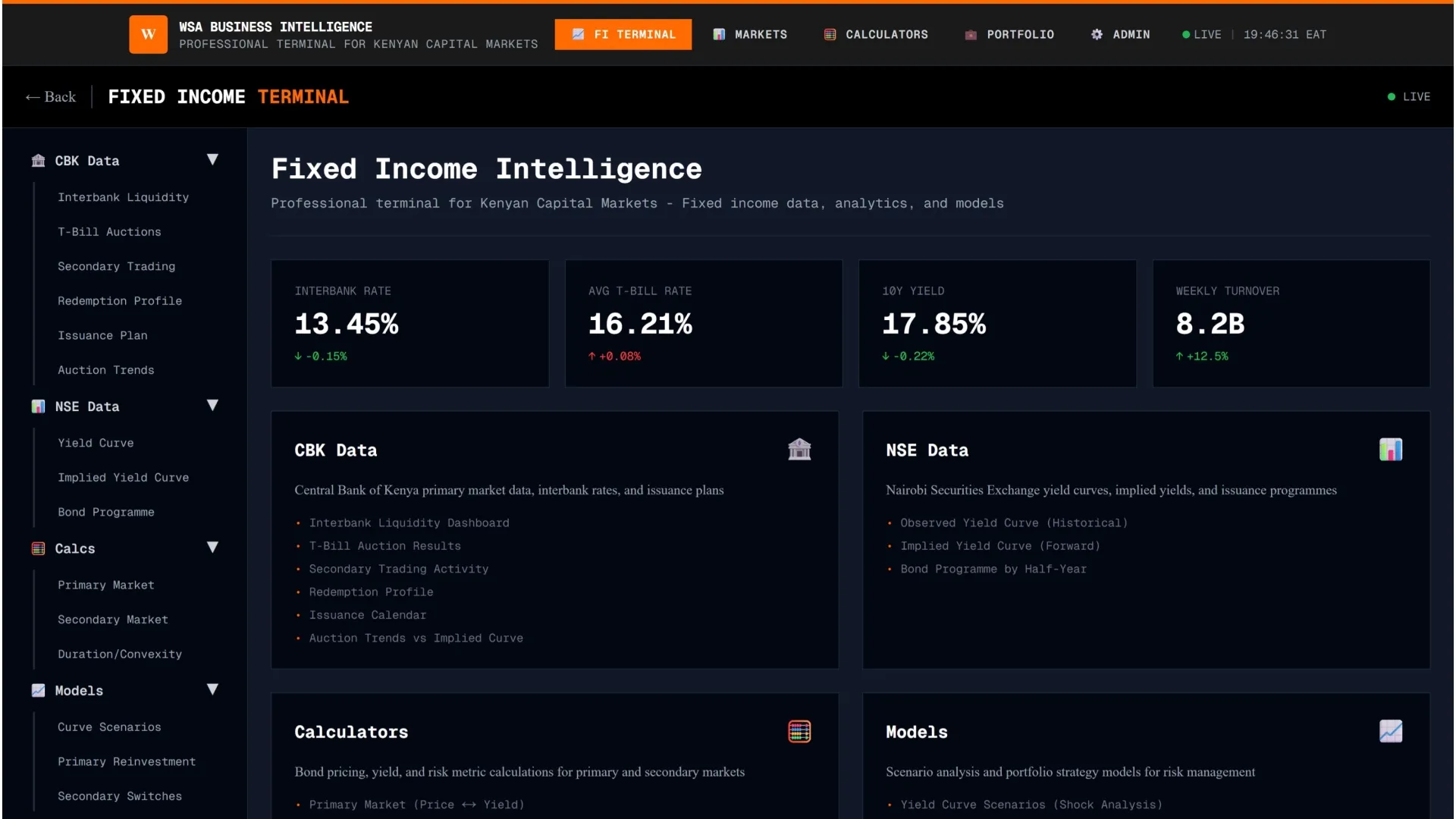Agriculture employs the most people in Africa and contributes 30—40% of gross domestic product. Its apparent importance notwithstanding, the practice of and investments in agriculture in Africa suffer the most from a deficit of information compared to most other sectors on the continent.
From AgBase’s The State of AgTech in Africa 2024 report, commercial and non-commercial investors often work together to jointly assess and make investments-even though this is declining.
Still, sharing time-limited information about a specific deal or financing opportunity is a far cry from having readily accessible insight into trends that are shaping the development of agricultural value chains, business models and technology players at different levels.
AgTechs need better information to build on
It is not exactly news that African agriculture suffers from a severe lack of comprehensive information systems. Along with the liberalisation wave in the 1980s, a slew of programs including publicly-funded radio broadcasts and multiple donor-led market information systems were funded and built to address the data gap in African agriculture. They typically focused on distributing news related to agriculture and as virtual extension services, and this approach continues to this day.
In fact, a growing cohort of agriculture technology startups are either building dedicated information-as-a-service products or bundling data products onto their core products.
But even startups with -typically narrow- market information systems struggle with situating their solutions -and datasets – within broader market trends outside of their specific reach.
Modern economies are built on interconnected value chains and agriculture is no different. The lack of readily accessible, comprehensive and context-rich information means that governments, investors and even farmers struggle to understand or even adequately support agricultural development beyond narrow, time-limited interventions.
And yet, agriculture is one of the most value-chain dependent industries globally.
The Ghanaian researcher and analyst Bright Simons has noted that agricultural interventions in Africa typically focus on transforming supply side capacity. But an even greater need is understanding and responding better to demand. One way to read Simons’ arguments is that AgTech products and donor-funded interventions that are designed to improve a specific part of the agri-business value chain will benefit greatly from understanding the entire value chain.
Using the example of Africa’s underperformance in the global $32 billion plantain market, Simons argues that holistic sector development may only begin to succeed commercially, become fungible and attract investments when information and feedback can easily seep backwards along the supply chain from the consumer to the producer. In other words, understanding and responding to the need for “demand-side transformations”.
Obviously, for this to happen, the information channels need to exist as built-in components of each stage in the supply chain from fork to farm.
Capital managers need better information to make better allocations
As important as agriculture and the entire food system is to African economies, it is still one of the economic sectors where large swathes of information about what is shaping Africa’s agriculture sector is missing. In many African countries with a history of, and promising potential for agriculture, no one knows for sure how much investment goes into different parts of the value chain or exactly what is needed and where.
At the 8th Annual Learning Event organised by Mercy Corps AgriFin program in October in Kenya, multiple speakers conceded that building a healthy agricultural sector that can support and benefit from innovation is less a technology problem and more a cluster of complications arising from a poor information environment or coordination, and the often divergent incentives or motives of the parties who are supposed to “solve agriculture”.
By not systematically tracking, aggregating and sharing contextual insight about how AgTechs and other agri-businesses are making progress in -or responding to- research and development, product adoption rates, and the resulting impact in agricultural productivity or commercial viability, capital managers are forced to walk blind.
The world of financial technology may not exactly be an apples to apples comparison for AgTechs. But the agricultural sector can learn from how publicly accessible data and country-specific data brought previously unseen transparency to how Africans were responding to innovation in moving money around.
The availability of aggregated and context-rich data around defined outcomes like financial inclusion, payment volume growth and the adoption of business models/products (cards, mobile payments, etc.) played no small role in making clear what the opportunity in African fintech was and allowed adept policymakers to calibrate regulation accordingly.
For an ecosystem with a glut of development and donor funded programs (not to mention commercial capital), the lack of shared context-rich information is a self-reinforcing vulnerability that is perhaps only growing worse as the agricultural sector becomes more complex with the influx of climate-related financing models.
Needed: a multi-dimensional bridge
One result from this is a poor decision making environment that hides mistakes, tolerates poor policy/business practices and is beholden to local and/or foreign special interests. In the long term, African countries cannot afford the bill that comes from maintaining disconnected food systems and making poor investment decisions at private and public levels.
Agbase, from Briter is a first step in filling in the persistent information gaps in Africa’s agricultural and food systems economic segment. In its current iteration, AgBase currently tracks dealflow data from equity and non-equity financing secured by agricultural technology companies. But it is not nearly enough.
In their report on the state of ag-tech financing in Africa, the AgBase team noted that, “The lack of business model and impact data makes it harder to assess what is and is not working.”
Data-of all types- is sorely needed since agriculture, especially in Africa. In this case, datasets that track commercial and donor-led investments made into agriculture become much more meaningful if they are situated within the context of public agricultural financing. Agri-tech financing datasets will be more useful when enriched with contextual information on overall agri-business financing, emerging business models and market trends, among others.
Even within agri-tech companies, the need for collecting and transforming data into new product lines is becoming somewhat of a trend. Agri-techs realise the datasets are useful and are now trying to figure out how to make the useful valuable. While it may be alluring for an agri-tech to add “data” to its services or products, it’s hard enough building a proper business in agri-tech to.
Dedicated data companies like Gro Intelligence, whose bread and butter was in agricultural and climate data struggled and in Gro’s case ultimately failed to make data products a viable business. So the difficulty level should not be overlooked.
Yet, if the goal is a thriving environment for AgTechs and financial dynamism in agriculture; an ecosystem of dynamic, vetted and robust information across the agriculture value chain that includes but does not end with capital will be indispensable. Almost as much as a healthy financial sector is built on the back of robust information networks from retail to corporate and public institution levels.
Abraham Augustine writes on Money, Myths & Digital Africa here.




